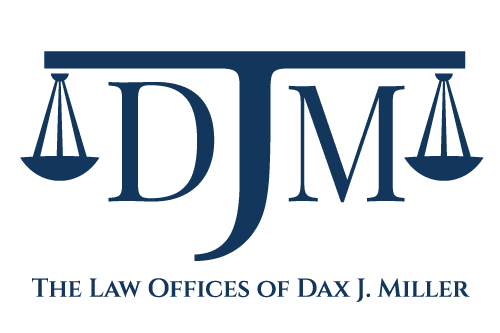The average family of four will have experienced medical debt of around $31,000 in 2023.
Because of this, one in every three Americans are dealing with some form of Medical Debt. Further, an average of 51% of adults said they are concerned with being able to afford the cost of healthcare. Even 43% of those insured by their employer are concerned about being able to make their copays. This situation is causing many Americans to skip visits to the doctor out of fear of further medical debt. Luckily, Skipping visits may not be your only option in reducing your medical debt. Bankruptcy can help you discharge your medical debt.
Why Turn to Bankruptcy?
It may seem like a large leap to file bankruptcy, but there are many benefits for someone dealing with medical debt. It can be easy to ignore your medical debt when you are dealing with the rising costs of everyday life – that is until the debt collectors begin to call. When you file for bankruptcy, it puts in place an automatic stay, which prevents them from reaching out to you. Another reason is that if you are receiving collections, chances are they are already negatively reporting on your credit. Although bankruptcy doesn’t fix your credit score immediately, it can have a positive effect in the long run because it stops the debt that reflects negatively on your credit score.
How Does It Work?
If you decide you are interested in filing for bankruptcy, your fist move should be to find an attorney. Here at The Law Offices of Dax J. Miller, we offer Chapter 7 and Chapter 13 bankruptcies. The next step will be an initial consultation, we offer those for free! The initial consultation will be a way for the attorney to narrow down which bankruptcy is best for you and determine your attorney fees. After the initial consultation, the law office will collect documents such as your collection letters, taxes, and paystubs. With these documents we will hold a filing appointment to go over all the information in your case and draft up the documents that will be filed with the court. What happens after that is dependent on the type of bankruptcy you file.
Let Bankruptcy Save You From Medical Debt!
If you are struggling with the burden of medical debt and are considering bankruptcy, call The Law Offices of Dax J. Miller today! We can help you figure out your next move with a free phone consultation.


